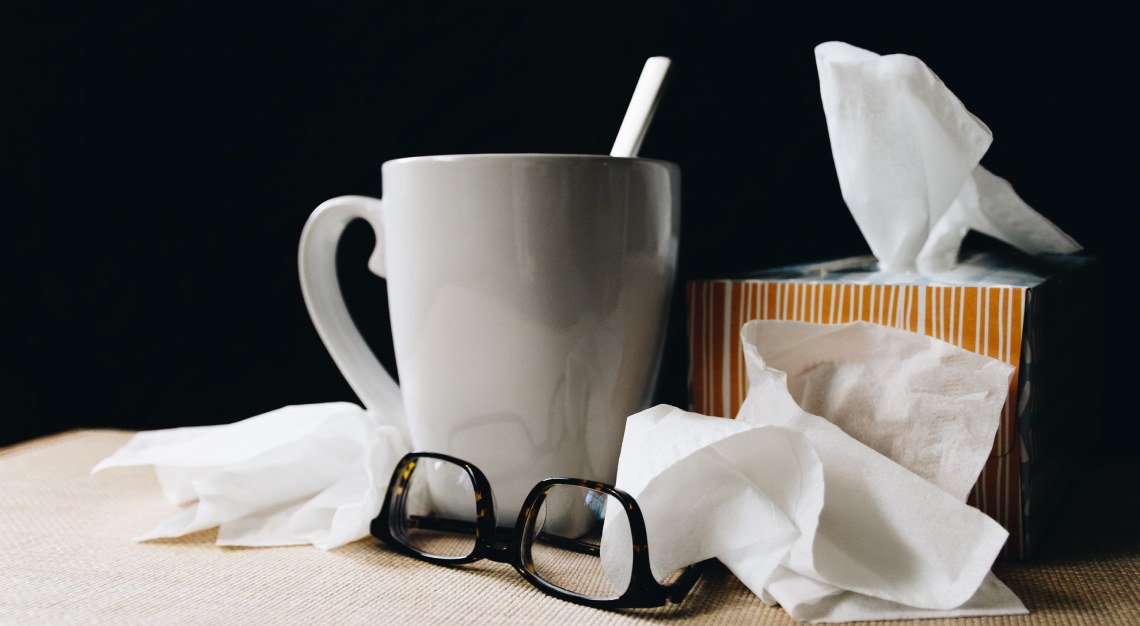In this article, we’ll be debunking five of the myths around COVID-19 and hopefully, bring a little more clarity to the nose chaos
Welcome to the year 2020. It is a time of miracles, where all but the most impoverished of human beings have instantaneous access to more books, documentaries, research journals, and lectures, than they could ever hope to devour in a thousand lifetimes.
But this ease in which information flows to the individual is a double-edged sword. There has never been an age where fringe ideas propagate more quickly into the mainstream. The swelling ranks of adherents to anti-vaccine movements, homeopathy, spiritual healing, and other forms of “alternative” medicine, stand testament to the integration of the internet into the lives of the everyman.
And where viral misinformation meets viral influenza, the consequences to public health are dire. The Internet and its chat groups are bursting with chain messages, ranging from the pernicious to the utterly malicious. In this article we’ll be going through five of the myths around COVID-19, that have been running rife though the local rumour-sphere – and hopefully, bring a little more clarity to the chaos.
Myth: COVID-19 starts with a runny nose, ‘drips’ into the throat to provoke a sore throat, and then flows into the lungs – causing fever and life-threatening pneumonia
Fact: We start off with the perhaps the most odious of myths: a complete misrepresentation of the symptoms of COVID-19. Based on the monitoring of patients with pneumonia caused by COVID-19, a number of research journals have shown that the symptoms of the disease are highly variable between individuals, with around just four to 26 per cent experiencing a runny nose, and between five to 17 per cent with a sore throat.
The claim that the disease progresses through different symptoms before finally arriving at a fever and pneumonia also obfuscates the fact that a fever is one of the most common early symptoms of an infection – alongside others (which the chain message does not address) such as nausea, diarrhoea, and general malaise.
By proliferating a wholly unsubstantiated, and highly incomplete sequence of symptoms, individuals infected with the virus are disincentivised to seek prompt medical attention as they wait for symptoms that in reality, only appear in a minority of cases.

Myth: Things are being overblown; the seasonal flu kills more people each year
Fact: Taken at face value, the seasonal flu, with its 290,000 to 650,000 deaths per year, is a much greater danger than COVID-19. However, this comparison is unfair, as it pits the annualised, historical data of a well-understood virus, against a budding epidemic, that is littered with unknowns.
The danger of COVID-19 is in its potency and infectivity. Compared to the seasonal flu, which hospitalises around 1.5 to two per cent of those it infects (in a industrialised country such as the US), the hospitalisation rate for COVID-19 is at least 19 per cent in China – with at least five per cent of individuals infected with the virus needing care in the ICU.
This potency is then compounded by its capacity to transmit itself to other people. A person with COVID-19 goes on to infect between another two to 2.5 people on average (with some studies suggesting this number could be up to 6.6). A person infected with the seasonal flu on the other hand, only spreads it to another 1.3 people on average. On the surface, the difference between 1.3 and two (or even 2.5) may not seem like much, however after 10 cycles of infection, a single person with the seasonal flu would have resulted in an additional 55 infections. With COVID-19, a single individual could spread it to between 2,048 to 15,893 more people in the same number of cycles.
Thus, the risk that COVID-19 poses is its potential to simply overwhelm the medical resources of a country. The virus has no cure, and treatment is supportive – for severe and critical cases, this includes additional oxygen, and even mechanical apparatus to circulate blood through an external, artificial lung. So, without containment and mitigation measures in place to slow the epidemic down, and the public’s cooperation with those measures, the current 2.3 per cent case fatality rate will start to increase, as the number of people who could have been saved via medical attention, exceeds the healthcare capacity of a country.

Myth: The end times are nigh – better start hoarding and prepping for the worst
Fact: Unfortunately for those who cannot wait for Armageddon, there is very little indication that COVID-19 will be the end of civilisation as we know it. This is because, as far as mortality rates are concerned, the effects of the virus on the most productive segments of a population are relatively low. For newborns to adults in their 40s, the case fatality rate for COVID-19 in China ranges between 0.2 to 0.4 per cent. This number starts climbing gradually to 1.3 per cent for patients in their 50s, to 8.0 per cent for patients in their 80s, and finally 14.8 per cent for those who are 80 years old, or older.
Myth: The virus is an American bioweapon
Fact: This rumour typically goes like this: the Americans are scared of China’s rise, so in order to stymie China’s progress in the economic and geopolitical fronts, the Americans have created a virus that targets the Chinese. This is patently untrue. The structure of the virus has already been analysed, and scientists know now that the virus enters human cells via a particular receptor known as “ACE2” There is no difference in the genetic expression of ACE2 receptors between Asians, Caucasians, and other races. Things that change the expression of ACE2 are (but are not limited to), smoking, obesity, and cancer.

Myth: All disinfectants are created equal
Fact: Dismayed that your favourite brand of disinfectant has been snapped up by hoarders? The good news is that many non-branded, general household cleaning products that have been left on the shelves, are more than potent enough to deactivate the virus, including your humble bottle of bleach, which usually goes for less than S$1 per litre under a house brand.
However, this also means that some branded products may not be effective against the virus – either because they lack the proper active ingredients, or because they lack the right concentration of those ingredients.
In fact, a quick perusal of several online retailers, shows that many wet wipes fall beneath the 62 per cent concentration required to inactivate coronaviruses within one minute. So, rather than taking your chances, or squinting at the fine text on the sides of bottles of disinfectants and other surface cleaners, visit NEA’s helpful article here for a list of products that are effective against coronaviruses.






